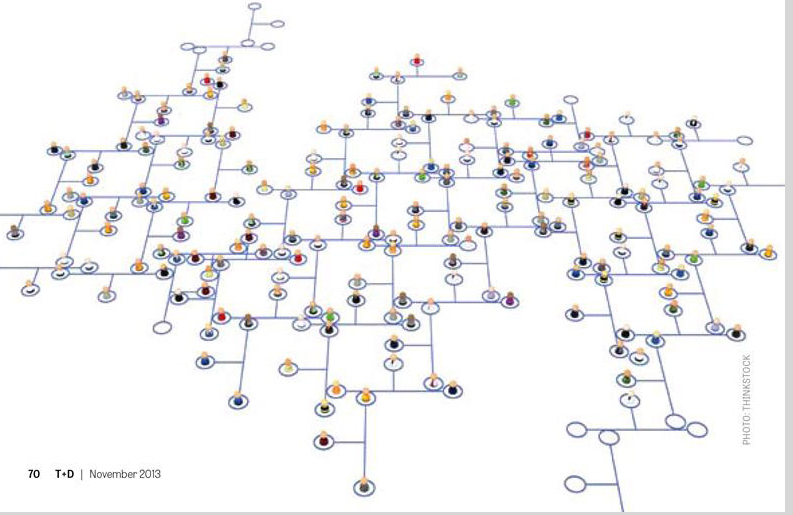The first thing to consider is a PLN that reflects me in terms of my needs, interests, and focuses. According to Woods and Bianca (2013), it should be able to provide content that promotes learning and development by bringing together people with different skills, knowledge, experience, expertise, and ideas that can help me to learn. People on social media have an affluence of information, but the best PNP for me is one that provides information on my professional field and other things of interest. To build the network, I chat with people and ask them about their interests, professions, skills, strengths, weaknesses, and experiences. I also share my interest and my personal beliefs to help them know me. This helps us to establish a healthy relationship that promotes growth in the PLN. Structurally, my PLN is comprised of my contact, Twitter followers, those I have met along with online courses, tech leaders, and those I met in conferences and workshops in my professional field. The tools that I mostly use include Twitter, LinkedIn, WordPress blogger, Edmodo, Facebook, and Edmodo. I mostly use Twitter because it has different ways of building a PLN. Contextually, Twitter followers are people seeking experiences beyond their lifestyles, including sharing links, engaging in debates, troubleshooting problems, and conferencing. I only need to follow my favorite experts, view their tweets to see what they do, and follow them to see more of what they do. I also retweet interesting posts to start a conversation about a topic. This helps me to view things from a different perspective. My PLN consists of people with an interest in software coding, graphic design, school teaching, video game development, and leadership. Connectivism theory relates to PLN in that it explains how learning is created through the digital environment (Couros, & Hildebrandt, 2016). Knowledge spreads across various nodes in a nebular network to create a connection between the nodes, as illustrated in Figure 1. Successful PLNs are dominated by connectedness, openness, autonomy, interactivity, and diversity (Downes, 2012).

References
Couros, A., & Hildebrandt, K. (2016). Designing of open and social learning. In Veletsianos, G. (Ed.), Emergence and innovation in digital learning: Foundations and applications (pp. 143-161). DOI: 10.15215/aupress/9781771991490.01
Downes, S. (2012). Connectivism and connective knowledge. Retrieved from http://www.downes.ca/post/58207
Woods, Bianca (2013). “Building your own PLN: seeking new insights and ideas? Expand your personal learning network.” T+D, vol. 67, no. 11, pp. 70+. Gale OneFile: Business, link.gale.com/apps/doc/A348998538/ITBC?u=uvictoria&sid=summon&xid=1010abdf. Accessed 18 Oct. 2021.
Leave a Reply